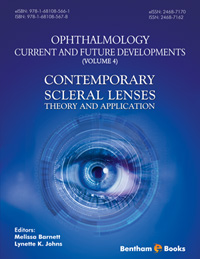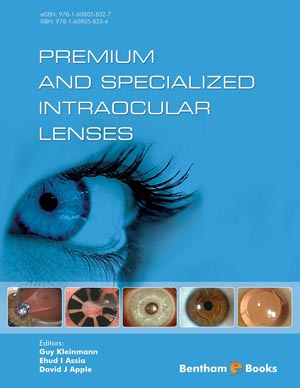Abstract
Drug delivery to the eye is highly challenging due to the existence of protective anatomical barriers. Numerous vision threatening diseases affect the anterior and posterior segments of the eye. The topical route is the most common mode of drug administration for the treatment of eye diseases. Following topical administration, less than 5% of instilled dose may be absorbed primarily by corneal and secondarily by conjunctival pathway. However, the remaining portion of the drug is washed out by precorneal mechanisms such as tear turnover, nasolachrymal drainage and blink reflex. In addition, the physicochemical properties of the drug and lipoidal nature of the cornea limit ocular absorption. Various therapeutic strategies such as ultrasound, microneedle and prodrug modification are known to enhance drug concentrations at the target tissues. In this chapter, we made an attempt to discuss briefly these strategies and their role in enhancing bioavailability in the anterior and posterior ocular segments.
Keywords: Eye, bioavailability, efflux transporter, prodrugs, microneedles.











.jpg)
